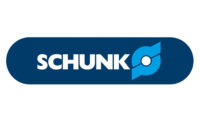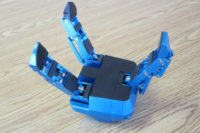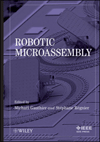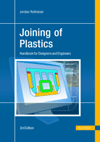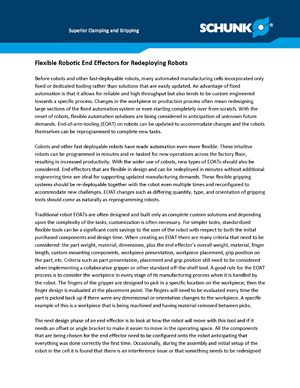
Before cobots and other fast-deployable robots, many automated manufacturing cells incorporated only fixed or dedicated tooling rather than solutions that allow for changes or updates. An advantage of fixed automation is that it allows for reliable and high throughput, but it also tends to be custom engineered towards a specific process. Any changes in the workpiece or production process often mean redesigning large sections of the fixed automation system or even starting completely over from scratch.
In the factories of the future will we likely see more flexible automation solutions being considered in anticipation of unknown future demands. End-of-arm-tooling (EOAT) on robots can be updated to accommodate changes, and the robots themselves can be reprogrammed to complete new tasks.
Future flexibility in manufacturing and automation is going to focus on the ability to modify an existing solution to work for a new task. Solutions that allow you to swap out different sizes or styles of grippers easily offer great value for factories that have parts that range widely in weight and dimension. Being able to add multiple grippers to a tool without having to design or machine adapter plates can also be important when choosing the best solution for flexible automation.
Schunk
schunk.com
Mark Patterson
Manager of Collaborative Robot Sales Channels
mark.patterson@us.schunk.com
919.819.5682

